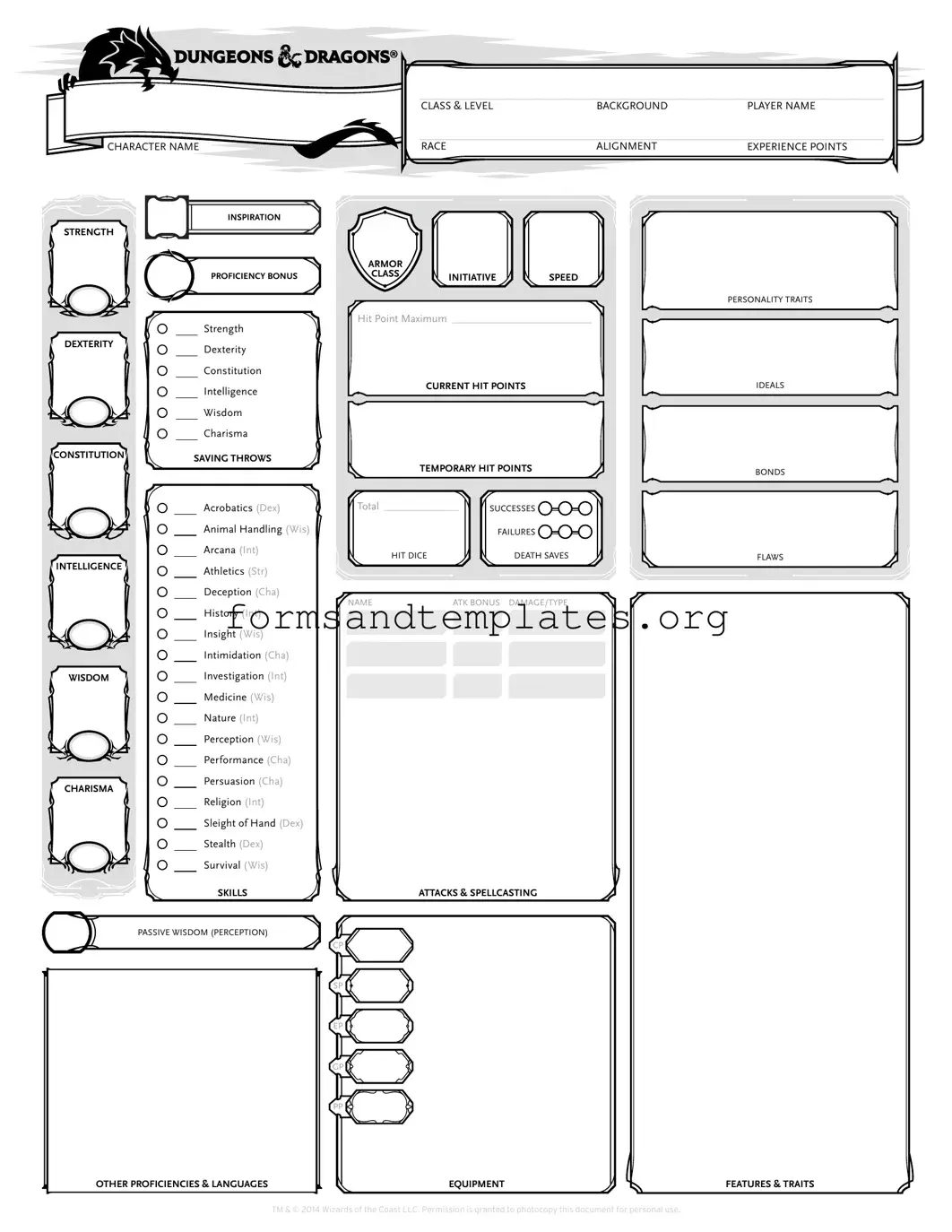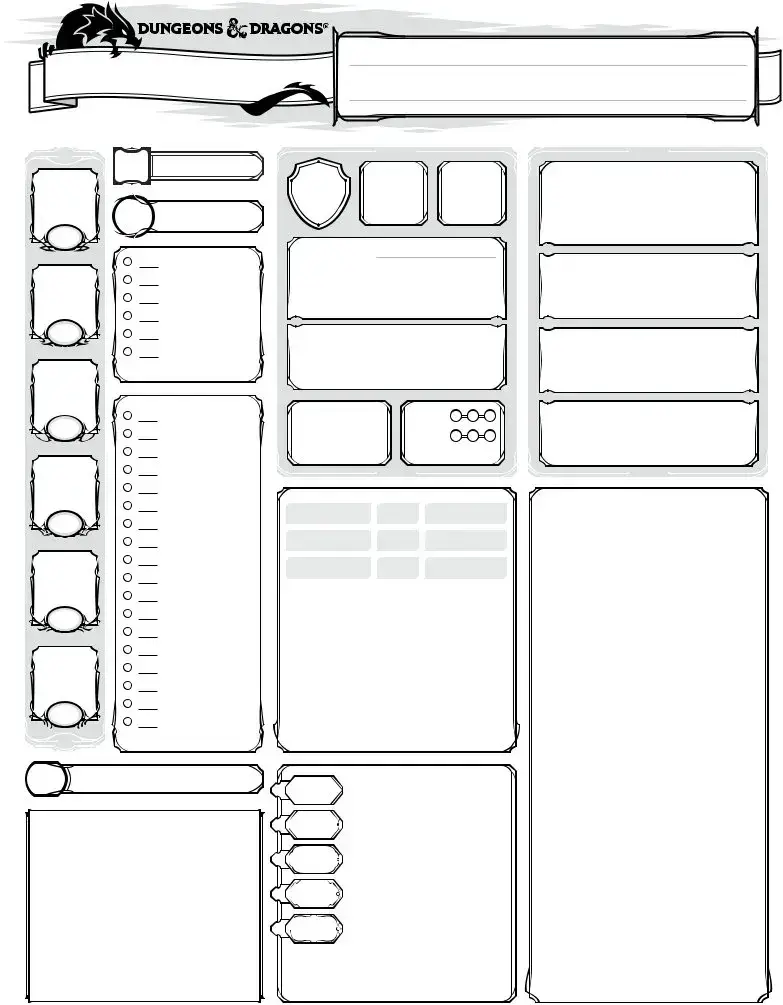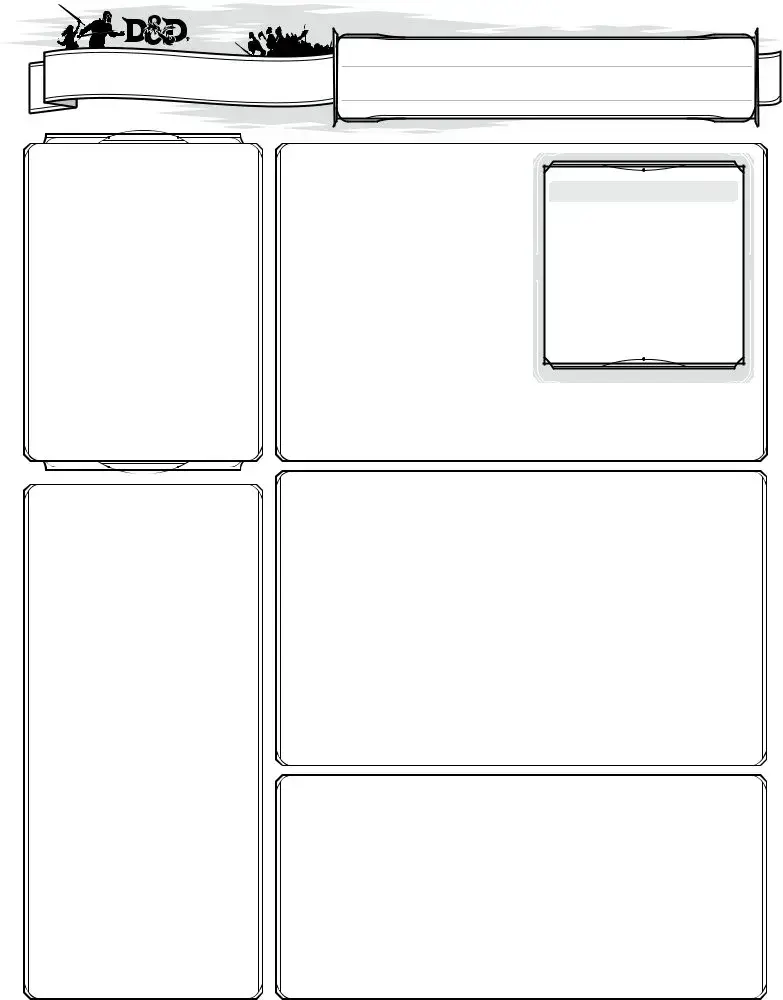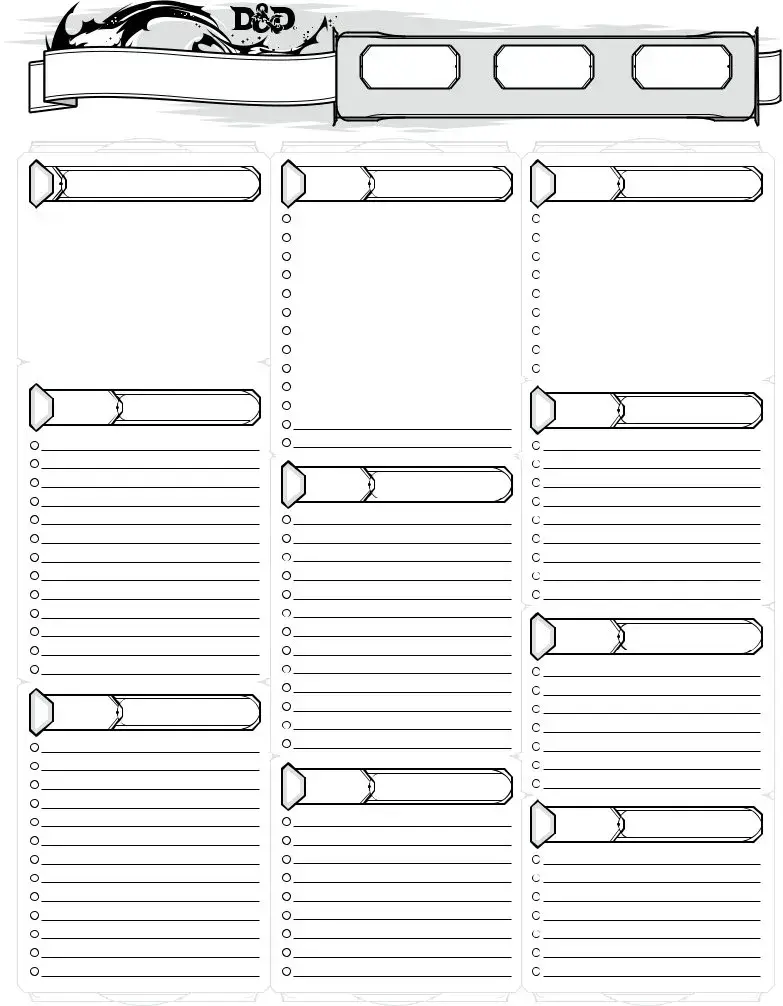What is a D&D Character Sheet?
A D&D Character Sheet is a tool used by players to record and organize information about their character in the game. It includes details such as character attributes, abilities, skills, equipment, and background. This sheet serves as a reference during gameplay, helping players keep track of their character's progress and actions.
How do I fill out a D&D Character Sheet?
Filling out a D&D Character Sheet involves several steps:
-
Choose a character class and race.
-
Determine ability scores, which may involve rolling dice or using a point-buy system.
-
Record proficiency bonuses and skills relevant to your character.
-
List equipment, spells, and any special abilities.
-
Fill in background details, such as character history and personality traits.
Can I customize my D&D Character Sheet?
Yes, players can customize their D&D Character Sheets. Many players create their own versions or use digital tools that allow for personalization. Customization can include adding additional sections, changing layouts, or using different colors and designs to reflect the character's personality.
Where can I find a D&D Character Sheet?
D&D Character Sheets can be found in various places:
-
Official Dungeons & Dragons websites offer downloadable sheets.
-
Local game stores often provide printed sheets.
-
Online platforms, such as Roll20 or D&D Beyond, offer digital versions.
-
Community forums and fan sites may have custom sheets available for download.
Essential information typically includes:
-
Character name and player name
-
Race and class
-
Ability scores (Strength, Dexterity, Constitution, Intelligence, Wisdom, Charisma)
-
Hit points and armor class
-
Skills and saving throws
-
Equipment and spells
How often should I update my D&D Character Sheet?
Players should update their Character Sheets regularly, especially after each game session. Changes may occur due to leveling up, acquiring new equipment, or gaining new skills. Keeping the sheet current ensures that players have accurate information during gameplay.
What if I make a mistake on my D&D Character Sheet?
Making a mistake on a Character Sheet is common. Players can correct errors by crossing out incorrect information and writing the correct details next to it. For digital sheets, simply edit the relevant fields. It’s essential to ensure that all information is accurate to avoid confusion during the game.
Is there a difference between physical and digital D&D Character Sheets?
Yes, there are some differences between physical and digital D&D Character Sheets:
-
Physical sheets require manual entry and adjustments.
-
Digital sheets often allow for automatic calculations and easy updates.
-
Digital versions may include interactive features, such as clickable spells or abilities.
-
Players can easily share digital sheets with others, while physical sheets may need to be copied or scanned.
Can I use a D&D Character Sheet for different campaigns?
Yes, a D&D Character Sheet can be used for different campaigns, but players may need to adjust certain details. Depending on the campaign setting, character abilities or equipment may change. It is advisable to review the character's information to ensure it aligns with the new campaign rules and environment.













